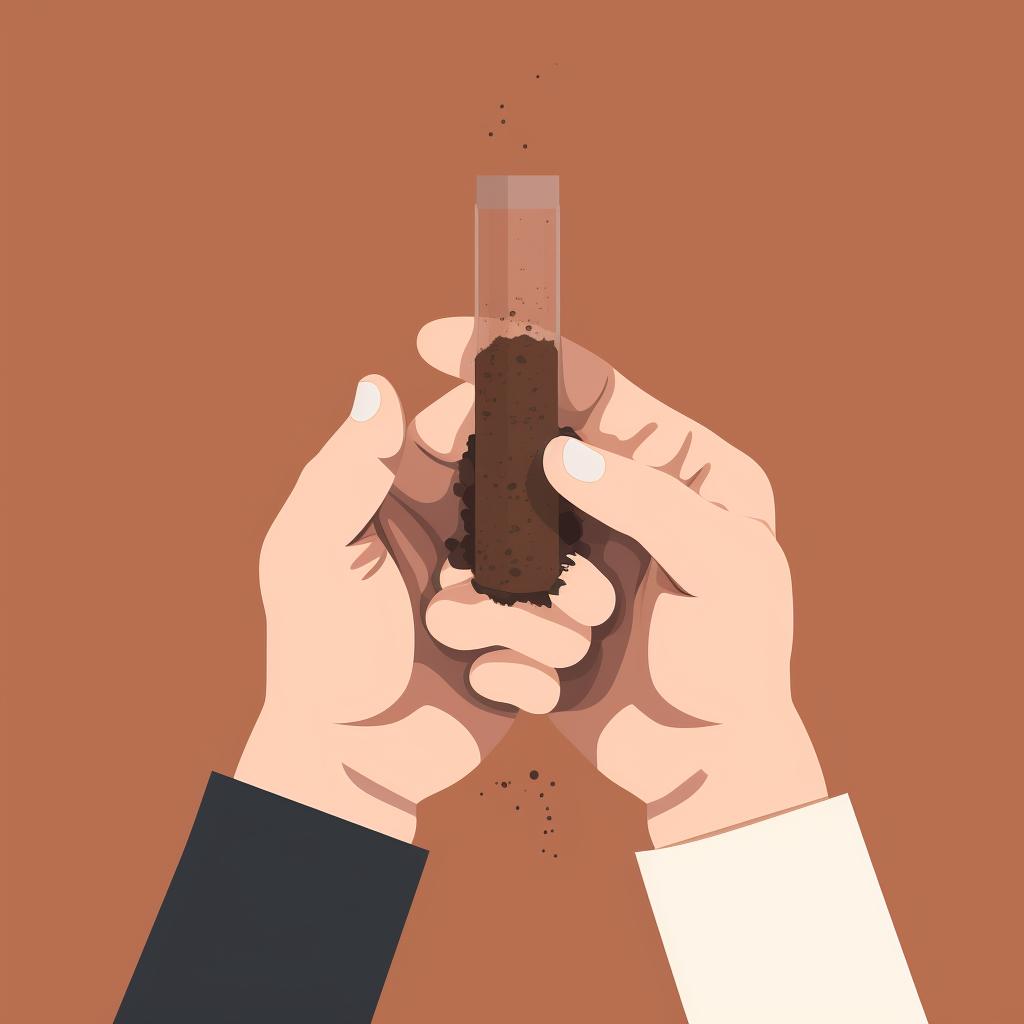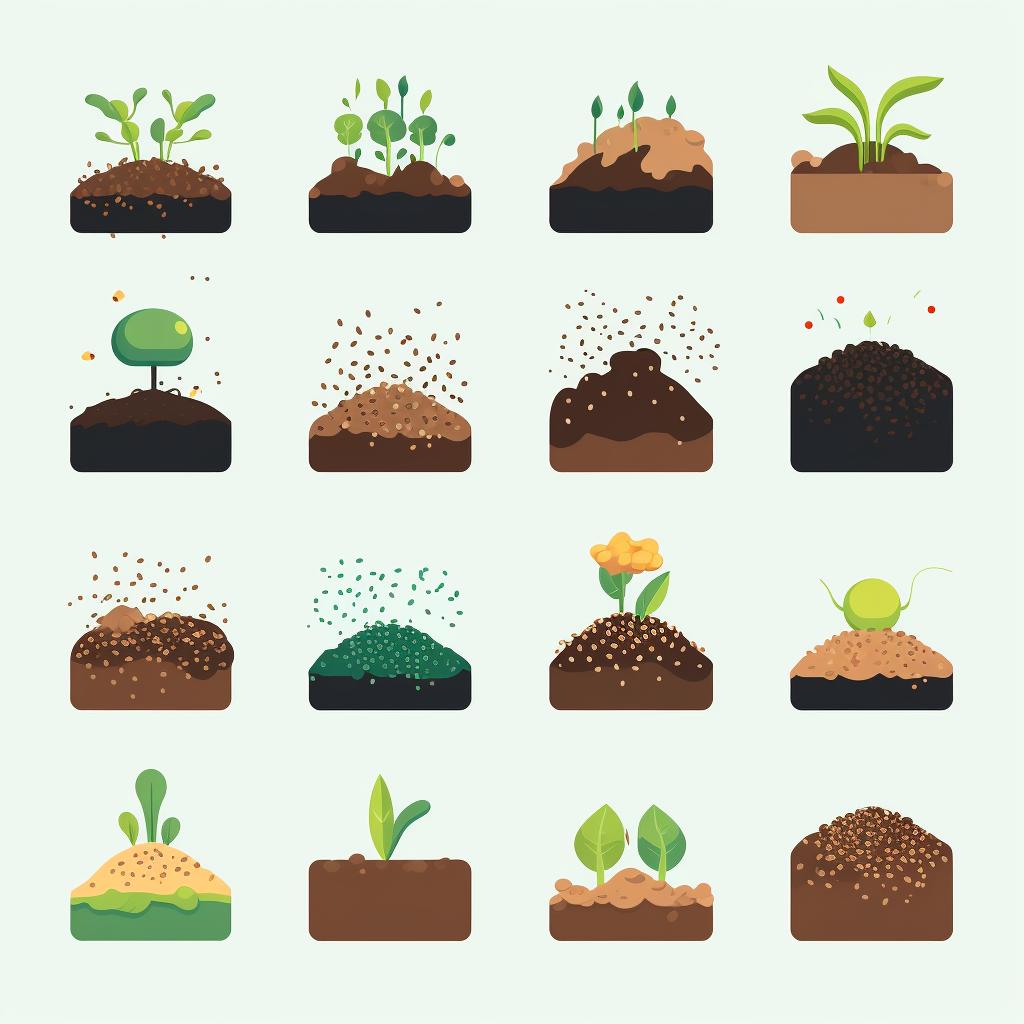🌿 Correcting Nutrient Deficiencies in Plants: A Green Thumb Guide 🌱
Plants, much like humans, require a balanced diet to thrive. When they lack certain nutrients, they exhibit symptoms that can be quite concerning for the gardener. Our Green Thumb Guide is here to help you identify and correct nutrient deficiencies in your plants, ensuring they grow healthy and robust.
Identifying the deficiency is the first crucial step. Yellow leaves may be a cry for more nitrogen, while stunted growth could be due to insufficient phosphorus. Our Plant Doctor 101 article provides more insight into diagnosing common plant ailments.
Once you've identified the possible deficiency, it's time to test your soil. A soil test kit is a gardener's best friend - it gives you a detailed analysis of the nutrient levels in your soil. This step is vital as it confirms your diagnosis and guides you on the next course of action. You can learn more about the importance of soil testing in our comprehensive guide to plant care.
With your soil test results in hand, you can now choose the right fertilizer to supplement the deficient nutrient. Remember, not all fertilizers are created equal, and the choice should be tailored to your plant type and the specific nutrient it lacks. Our FAQ on the main nutrients that plants need can help you understand the role of each nutrient in plant growth.
Applying the fertilizer correctly is just as important as choosing the right one. Over-fertilization can harm your plant, so always follow the package instructions. After application, monitor your plant closely. Look for improvements in the plant's condition and be ready to adjust the fertilization as necessary. Remember, gardening is a process, and patience is key.
Armed with these steps, you're well on your way to correcting nutrient deficiencies in your plants. Happy gardening!


















